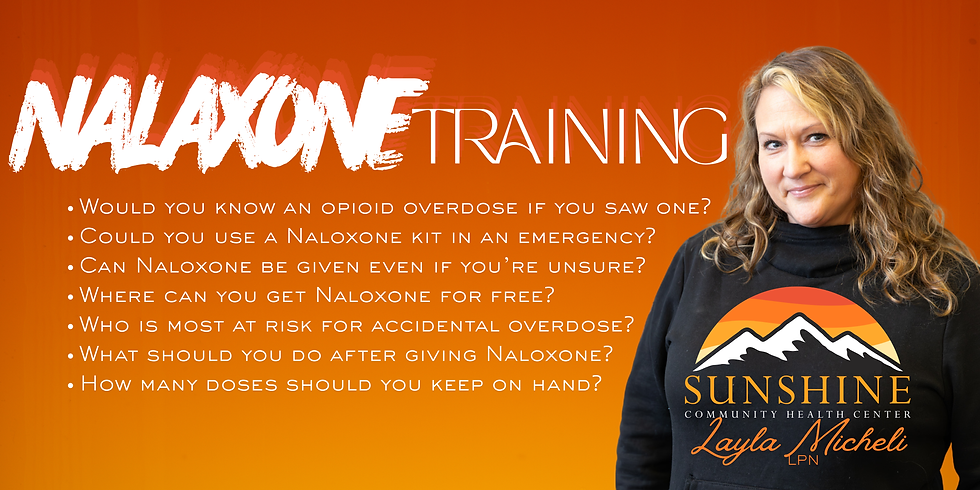Measles in Alaska: What’s Happening and What You Need to Know
- Mga tauhan ng Sunshine

- Oct 21
- 4 min na pagbabasa
Background
Measles, also known as rubeola, is not simply a rash-illness — it is a highly contagious viral respiratory disease that can lead to serious complications. According to the Alaska Department of Health, typical early symptoms include a high fever (often over 104 °F), cough, runny nose, and red, watery eyes. After 2–3 days of those symptoms, small white spots (“Koplik spots”) may appear inside the mouth. The hallmark red, blotchy rash typically follows 3–5 days later, spreading from the face downward across the body.
Measles spreads by airborne transmission (coughing, sneezing) and can linger in the air or on surfaces for up to 2 hours after an infected person has left the area. Because of its high contagion, public-health officials view measles as one of the most transmissible diseases, particularly dangerous in contexts where vaccination coverage is inadequate.

Current Situation in Alaska
Several recent events highlight the risk and the urgency of staying vigilant:
In October 2025, the Anchorage Health Department confirmed a measles case in Anchorage. The individual arrived on October 13 from an area of the United States experiencing a substantial measles outbreak and did not have a documented history of immunization.
The potential exposure locations included Ted Stevens Anchorage International Airport (4–8 p.m. on October 13), as well as the Seattle-Tacoma International Airport (11 a.m.–2 p.m.) and Harry Reid International Airport in Las Vegas (6:30–7:30 a.m.).
Earlier in May 2025, another unvaccinated youth in Anchorage tested positive for measles and had visited several public venues while likely contagious.
Nationwide, the U.S. is experiencing a surge in measles cases in 2025, with thousands of confirmed cases and dozens of outbreaks.
These developments show that Alaska is not isolated from the national or international risk: travel, gaps in immunization coverage, and public-space exposures all play a role in potential spread.

Why This Matters for Alaska
Lower immunization coverage – Alaska has historically had lower rates of measles-mumps-rubella (MMR) vaccination in certain age groups, especially compared with the national target of about 95% coverage needed for herd immunity.
Travel hubs and transit exposures – The Anchorage airport incident illustrates how easily someone infected elsewhere can bring measles into Alaska, especially given our air-travel connections.
High-risk populations – Infants too young to be fully vaccinated, pregnant persons, immunocompromised individuals, and older adults are at higher risk of complications such as pneumonia, encephalitis, hospitalization, or even death.
Community responsibility – Measles outbreaks don't just affect the unvaccinated individual — they threaten the broader community. One person can infect many others if immunity gaps exist. Prevention through immunization remains the best strategy.
What You Should Do: Prevention & Response
Vaccination is the best defense.
The MMR vaccine (measles-mumps-rubella) is highly effective and safe.
For children: Two doses are recommended — first dose at age 12–15 months, second dose at 4–6 years of age.
For adults: If you completed the series as a child, you are likely protected; but if you are unsure, check your records or talk to a provider. Booster doses are not routinely needed unless you have certain higher-risk exposures.
If you were potentially exposed (for example, you were at one of the airports/times listed and are not fully immune):
Monitor for symptoms for up to 21 days after exposure.
If symptoms (fever, cough, runny nose, red/watery eyes, rash) occur: Call your healthcare provider before going in person to avoid further exposure.
If not immune, avoid large gatherings, hospitals, nursing homes, and immunocompromised individuals during the monitoring period.
For travelers or those planning travel:
If traveling internationally (or through airports), ensure you’re up-to-date on your MMR vaccination.
On return, be alert for symptoms for up to 3 weeks, especially if you visited regions with known measles outbreaks.

What This Means for Our Community
Schools & Childcare – Ensure students’ vaccinations are current and have plans to monitor or temporarily exclude susceptible individuals if exposure occurs.
Health systems – Clinics and hospitals should consider measles in any case presenting with rash, fever, and recent travel/exposure.
Parents & caregivers – Review your children’s immunization records. If unsure whether both MMR doses were received, contact your provider.
Community awareness – Because even vaccinated people can sometimes transmit (though rarely), community protection is stronger when overall coverage is high.
Travel vigilance – Given Anchorage’s role as a travel hub, awareness of travel-linked risk is important even for residents who don’t travel themselves.
Konklusyon
The recent measles case in Anchorage is a reminder that Alaska is connected to the broader world — and that we remain vulnerable if immunity gaps exist. Measles may seem like a disease of the past, but it is still present and dangerous.
By ensuring our families are fully vaccinated, staying alert to potential exposures, and acting quickly if symptoms appear, we protect our families and communities. Keeping vaccinations up to date remains our strongest tool against measles.
Resources & Further Reading
Alaska Department of Health — Measles Education and Informationhttps://health.alaska.gov/en/education/measles
Anchorage Health Department — Measles Case Public Notice (October 2025)https://www.muni.org/Departments/health/PressReleases
Anchorage Daily News — Health Officials Alert Public to Measles Case at Anchorage Airporthttps://www.adn.com/alaska-news/anchorage
Alaska Public Media — Measles Case Confirmed in Anchoragehttps://alaskapublic.org/news/health
Alaska Beacon — Vaccination Rates for Alaska Children Have Fallenhttps://alaskabeacon.com
Centers for Disease Control and Prevention (CDC) — Measles Data and Researchhttps://www.cdc.gov/measles
Sunshine Community Health Center
1-907-376-2273 (PANGANGALAGA)
*Ang artikulong ito ay isinulat sa suporta ng AI*







